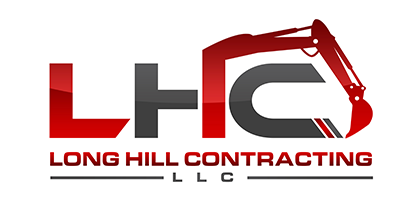Addressing oil tank leaks is not a do-it-yourself project. You need a licensed contractor to clean up any spill areas, repair the tank if possible or replace it altogether.
Heating industry experts estimate that six million homes in the United States still rely on oil for their home heating needs. These residential gas tanks normally come in several sizes: 275, 290, 500 or 1,000 gallons and can live inside the home, outside above ground or buried in front or back yards with fuel lines leading into the furnace.
A leak in an outdoor above-ground storage tank makes itself known in several key ways. Firstly, there is the odor. Even a small amount of fuel oil has a pungent odor. If you notice a strong oil smell outside near the tank, you should immediately visually inspect your oil tank and look for signs of oil leakage on the floor or ground.
Leaks in outdoor buried oil tanks provide a greater challenge to detect. They are made from steel that reacts chemically with surrounding soil over the years, causing small pinhole-sized openings to develop. An outdoor fuel tank can be leaking for years without detection. Homeowners seldom notice their fuel bill may be rising a tiny bit, or when regular fuel delivery doesn’t seem to last quite as long as it did in the past. Only when these things become significantly noticeable do homeowners become concerned about a leak.
“A Suburban Timebomb”
Environmental scientists refer to leaking fuel tanks as “a suburban timebomb.” The number of homes who relied on oil heat in the past are now converting their home heating systems to natural gas or cleaner options like solar or wind. In almost all cases, when people switch to an alternative for heating their homes, they leave old oil tanks in place, especially if they are buried underground.
These buried tanks may remain intact for many years, but not forever. If the oil tank is not leaking now, be assured that it will one day. And if the homeowner who made the switch to an alternative heating source has neglected to remove any remaining oil from an underground tank, the oil will leak into the soil.
How Oil Tank Leaks are Addressed
You need a professional to address a leak, so contact a state-certified removal contractor. The contractor will dig and remove the tank, verify the spill and determine if the oil tank leaked any fuel into the water table. In most cases, the contractor can determine this on the same day they remove the tank. If soil analysis shows the leak is above permissible limits, you need to determine how deeply the oil has permeated the soil by taking soil samples from below where your tank was located. Vertical and horizontal evaluations of the leak are required.
Contact your insurance company to determine if your homeowner’s insurance policy covers the cost to pay for the cleanup and/or tank replacement. If covered, the insurance adjuster will examine your property and review the findings from the contractor to access clean-up costs.
Finish the job. If there’s no damage to the water table, the contractor will fill the hole where the tank used to be with clean soil. They will perform an onsite analysis of the soil to make sure it complies with the appropriate state standards and clean up the removal site. The contractor will report the necessary findings to the state and provide you provide you with any copies of the documents.
Long Hill Consulting, LLC can handle your oil tank removal needs. Serving Hunterdon, Somerset and surrounding areas in NJ, we specialize in professional construction methods and excel in providing the highest quality services. We are DEP New Jersey licensed to remove oil tanks, licensed and insured to remove petroleum-contaminated soil, and have our HazMat and OSHA certifications as well. We offer competitive pricing, excellent customer service, and superior workmanship on every job.
